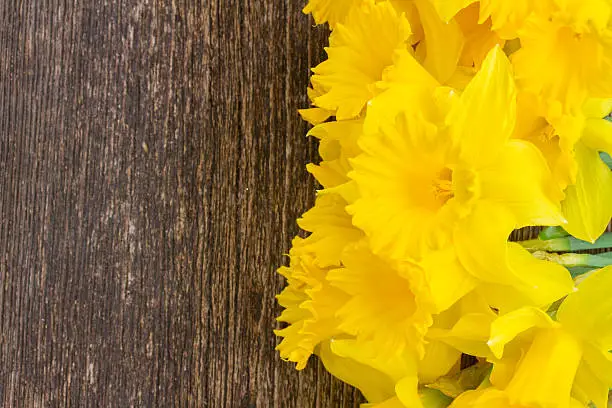Transporting plants can be a delicate task, and sometimes accidents happen. If you’ve recently moved your daylily and discovered that the stalk broke inside the transport bag, you might feel disheartened. But don’t worry—your daylily isn’t doomed! With proper care and attention, your plant can recover and thrive once again.
In this guide, we’ll cover how to handle a broken daylily stalk and give your plant the care it needs to bounce back. From assessing the damage to replanting and encouraging new growth, here’s everything you need to kno
1. Assess the Damage Fir
When you first notice that your daylily stalk has broken, the key is not to panic. Start by carefully assessing the damage
Partially broken stalks: If the stalk is only partially broken and still attached to the plant, it might be possible to save i
Fully broken stalks: If the stalk has been completely severed, you’ll need to take immediate steps to ensure the health of the rest of the plant
Check the base of the plant and the roots to ensure that no other parts of the plant were affected during transport. In most cases, the roots will remain intact, and that’s a good sign because healthy roots are the foundation for recovery and new growth
2. Prune the Broken Sta
If the stalk is beyond repair, it’s best to prune it. Using clean, sterilized pruning shears or garden scissors, carefully cut off the broken stalk near the base. Make sure to create a clean cut to minimize damage and help the plant focus on healing
By removing the broken part, you’ll prevent further damage and reduce the risk of disease or pests, which are often attracted to damaged plant material. If only a portion of the stalk is damaged, you can trim the broken section and leave the healthy parts intac
3. Support a Partially Broken Sta
If the stalk is partially broken, you can attempt to save it by providing support. Gently straighten the broken stalk and use a stake or bamboo stick to prop it up. Tie the stalk loosely to the support using soft plant ties or twine—be careful not to tie it too tightly, as this can cause further damage
If the stalk is still receiving nutrients from the roots, supporting it in this way can allow it to heal naturally over time. Keep an eye on the stalk to ensure it stays supported and doesn’t develop any infections or additional break
4. Replant Your Daylily Careful
Once you’ve addressed the damaged stalk, it’s time to replant your daylily. Choose a well-drained spot that receives plenty of sunlight, as daylilies thrive in bright conditions. Make sure the soil is loose and rich, as this will help the roots settle in and promote healthy growth
To replan
Dig a hole deep enough to accommodate the roots of the daylil
Gently place the plant into the hole, ensuring that the roots are well-covered
Press the soil down gently to secure the plant and water it thoroughly after planting
Replanting carefully helps minimize further stress on the plant, allowing it to begin the recovery process
5. Provide Extra Care for Recove
After a broken stalk, your daylily may need a little extra care to bounce back. Here’s how to ensure your plant recovers quickly
Watering: Keep the soil consistently moist but avoid overwatering. Daylilies don’t like soggy conditions, which can lead to root rot. Water deeply, allowing the soil to dry slightly between watering
Fertilizing: A balanced fertilizer can help promote new growth. Use a slow-release fertilizer or a liquid plant food rich in potassium to give your daylily a boost
Mulching: Apply a layer of mulch around the base of the plant to retain moisture, regulate soil temperature, and reduce competition from weeds
6. Encourage New Growt
Even though the stalk has broken, your daylily can still produce new growth. Daylilies are tough plants, and with the right care, they will recover and regrow stalks and blooms. After pruning the damaged stalk, focus on maintaining a regular watering and feeding routine to encourage new growth
Keep an eye on the plant in the weeks following the transport damage. You’ll likely see new shoots emerging from the base as the plant redirects its energy into growing new stalks. Patience is key—soon enough, your daylily will be blooming agai
7. Preventing Future Breaks During Transpo
To avoid similar issues in the future, take extra precautions when transporting your plants. Here are some tips to prevent stalks from breaking during the move
Pack with Care: Wrap the plant’s stalks and leaves in soft material like bubble wrap or newspaper to cushion them during transpor
Secure in the Vehicle: Place the plant securely in a container or box to keep it from moving around during transit. Make sure there’s enough space between plants to prevent crushing
Handle Gently: Transport the plant carefully, avoiding bumps and jostles that could cause damage to the stalks or roots
Conclusio
A broken daylily stalk during transport may seem like a setback, but with the right approach, your plant can recover and continue to thrive. By pruning the damaged stalk, providing extra care, and encouraging new growth, your daylily will be back to its full beauty in no time
Take care to avoid future damage by packing and transporting your plants with extra attention to detail. And remember, daylilies are resilient plants—sometimes, even a broken stalk is just an opportunity for your plant to come back stronger. With these steps, your daylily will be well on its way to blooming beautifully once









